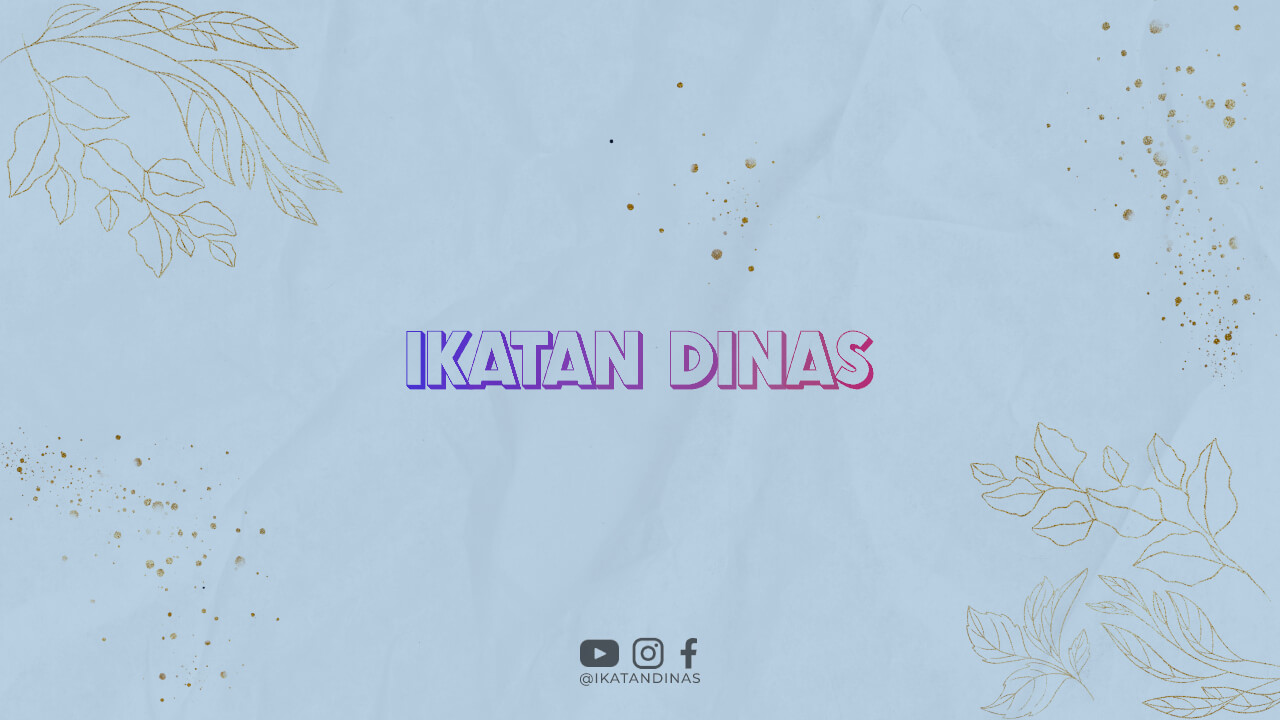The banking industry has undergone a significant transformation in recent years, with the advent of digital banking tools. These tools have revolutionized the way people bank, making it easier, faster, and more convenient. In this article, we will explore some of the most popular digital banking tools and how they are changing the game.
1. Mobile Banking Apps
Mobile banking apps have become a must-have for most banks. They allow customers to access their bank accounts from their smartphones, making it easy to check balances, transfer funds, pay bills, and even deposit checks. With mobile banking apps, customers no longer need to visit a bank branch to carry out basic banking tasks.
2. Online Banking
Online banking is another digital banking tool that has gained widespread acceptance. It allows customers to access their bank accounts from any device with internet access. Online banking has made it possible for customers to carry out banking transactions at any time and from anywhere in the world.
3. Digital Wallets
Digital wallets have gained popularity in recent years, allowing customers to store their credit and debit card information on their smartphones. They can use their phones to make payments at stores, restaurants, and other establishments that accept digital payments. Digital wallets have made it easier for customers to make payments without carrying cash or cards.
4. Chatbots
Chatbots are another digital banking tool that has gained popularity. They enable banks to offer customer support services 24/7. Chatbots can answer basic customer queries, provide information about bank products and services, and even help customers complete transactions.
5. Personal Financial Management Tools
Personal financial management tools help customers track their expenses, set budgets, and monitor their financial goals. These tools provide customers with a comprehensive view of their financial situation, making it easier for them to make informed financial decisions.
6. Biometric Authentication
Biometric authentication is a digital banking tool that uses customers’ biological features, such as fingerprints or facial recognition, to verify their identity. It provides an extra layer of security, making it harder for fraudsters to gain access to customers’ bank accounts.
7. Open Banking
Open banking is a digital banking tool that allows third-party providers to access customers’ banking data, with their consent. This tool has made it easier for customers to access financial products and services from different providers, without the need to switch banks. It has also opened up new opportunities for innovation in the banking industry.
8. Robo-Advisors
Robo-advisors are digital banking tools that provide investment advice and portfolio management services using algorithms. They can help customers create and manage investment portfolios, based on their risk appetite and financial goals.
9. Blockchain Technology
Blockchain technology is a digital banking tool that enables secure and transparent transactions. It is being used by some banks to facilitate cross-border payments, reduce the cost of transactions, and enhance security.
10. Artificial Intelligence
Artificial intelligence is a digital banking tool that is being used to improve customer service, detect fraud, and streamline operations. AI-powered chatbots can provide personalized customer support, while AI-powered fraud detection systems can identify fraudulent transactions with greater accuracy.
Conclusion
Digital banking tools have changed the banking industry, making it more customer-centric, efficient, and secure. With the increasing adoption of digital banking tools, banks will continue to evolve, offering customers more convenient and innovative products and services. Banking has come a long way, and it is exciting to see where it will go next!

